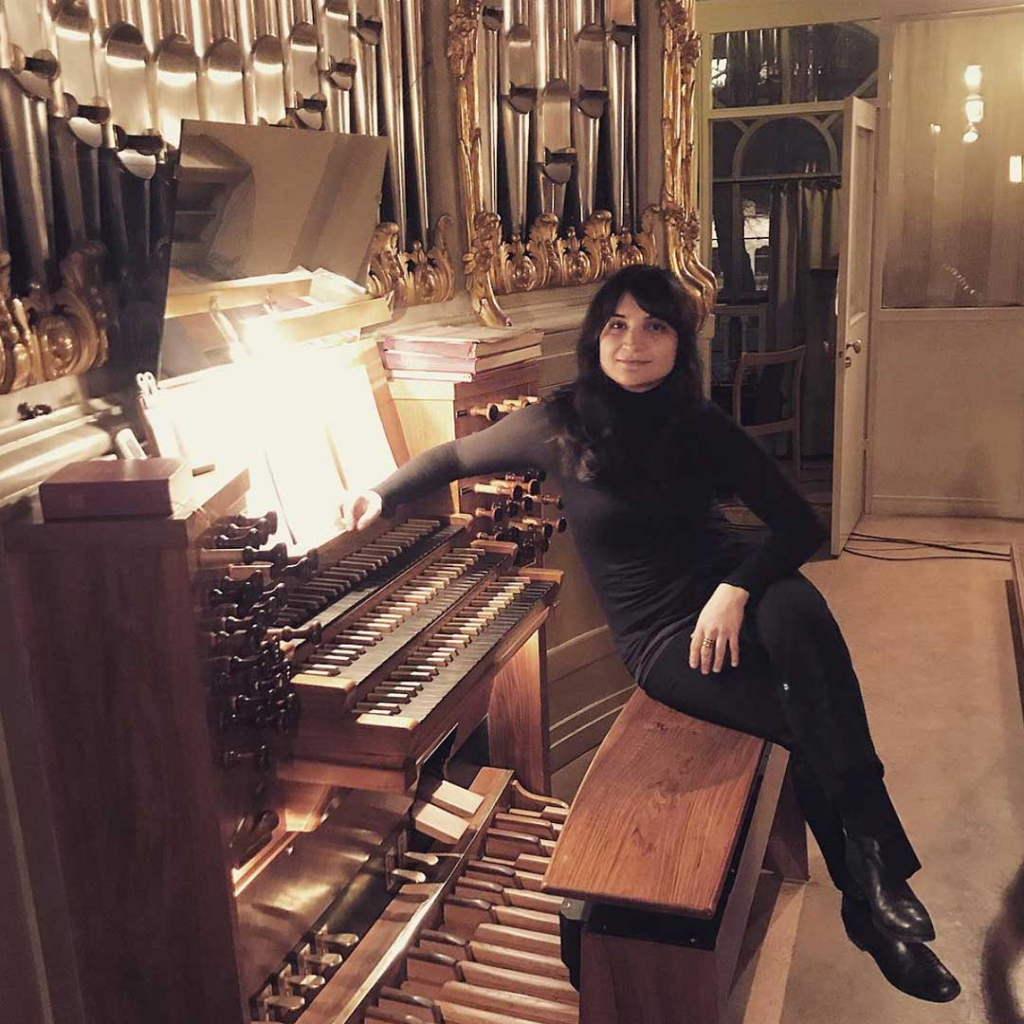Uncertainty Theory #11
Resonance
Program presentation second season of Uncertainty Theory #11 where we will talk about the concept of resonance, which will be the theme of the whole season, no specific instrument is described.
- Audio about Sergiu Celibidache's technique - Musical phenomenology explained by Vicente Chuliá.
- On the number 11 in the symbolic/esoteric world, Wilhem Reich's theory of the human shell and resonances in relation to musical and psycho-emotional-physical-musical phenomenology. acoustic-spatial.
- Description of musical and acoustic resonance.
WORKS
Tiny Vipers - Forest On Fire - Hans Across The Void (2007)
Sarah Davachi - Perfumes II - Pale Bloom (2019)
Nivehk - After Its Own Death Side B (2019)
Grouper - Parking Lot - Grid of Points (2018)



ABOUT SERGIU CELIBIDACHE'S TECHNIQUE (used in his orchestra conducting school)
From the phenomenology of Edmund Husserl from the phenomenological ideas previously applied to music by the musician and mathematician Ernest Ansermet (specifically in The foundations of music on the human consciousness and Writings on musicwhere he gives priority to the singular idea of tonality as opposed to the idea of atonality), where, according to his point of view, these points, these spatial positions of the sound, such as the notes, are designated RE, LA and DOsince a lot of music is not made with sounds but with notes. On the other hand, the fact that we give the same name to the perceived interval between two tonal positions would indicate that the perceived interval corresponds to the ratio of frequencies, not to their difference. But experience shows that what the ear perceives is only the logarithm of this ratio. Indeed, if we perceive the fifth F-D, then the fifth C-G (3/2), the resulting interval F-G sharp (a ninth) corresponds to the frequency ratio 9/4, which is the product of 3/2 times 3/2 or (3/2) "squared"; but for us, the listener, the second fifth is the product of 3/2 times 3/2 or (3/2) "squared"; but for us, listeners, the second fifth corresponds to the frequency ratio 9/4. has added to the first to produce this ninth What is more subjective and intersubjective than this determination of the interval by a logarithm!
This sound phenomenon of the ratio of fifth intervals referred to as Ansermet (corresponding, from the materialistic philosophy of music, to primogenic matter is perceived in the human consciousness on a logarithmic scale (it is important to note that this interpretation of Ansermet is related by Gustavo BuenoThe law on the law of Weber and Fechner).
Based on the above statement by Ansermet (the music is not in the score, but is a conceptualization of the psychoacoustic laws), as well as the main phenomenological axioms of Husserl, Celibidache develops its systematized musical ontology and technique under the label "Musical phenomenology".. The concept they talk about Celibidache and Ansermet can be described as follows:
That the equivibrating sound does not vibrate alone. But rather a whole series of secondary sounds, which the The inventive entrepreneur has not produced, they vibrate at the same time, grouping themselves in a totally new resonant multiplicity. These are the harmonics, the accessory phenomena that directly follow must be subdivided according to the law of inert matter. And these subdivisions produce a series of sounds, belonging to the family of the main sound. This is called by physical acoustics the "attack process"which, among other things, also has a temporal dimension. The bases of musical phenomenology are based on three approaches to be studied in depth:
– What is sound? What it does Celibidache is to analyze the correspondence between the sound (phenomenon) and its harmonics (epiphenomena) which are described by means of the Pythagorean proportions, i.e. the interval of a right octave (first harmonic), 1/2, the interval of a right fifth (second harmonic and primersonic which we distinguish diametrically as "new"), 3/2;
– How does sound affect human consciousness? Here Celibidache explains the relationship between human affections that always move in relation to "the past", "the now" and "the future":
Longing for a loved one is referenced to the past ("at some point I met him..."); waiting for something that cannot come: disappointment is referenced to the past and to the future; hope is referenced to the future; [...] regret is referenced to the past and to the future. There is nothing in our world of affects that does not represent one of these polyvalent combinations.
- Y How can a set of sounds become Music? This perspective is based on the distinction of Celibidache on "tension" and "intensity". These two words are frequently used in German, Spannung (tension) and Kraft (intensity, force), since he affirms that in this language the etymological difference of both ideas is more clarifying than in Latin languages, since in them the same lexeme (tensus) is found. Thus, tension is the greater or lesser intrinsic force of the sounds physically speaking and its relation to the greater number of vibrations. It is something inherent to sound. The greater the number of vibrations, the greater the tension; and the intensity is something external to the sound that affects its dynamic aspect (forte-piano-mezzoforte...).
Subsequently to listen to the description of Vicente Chuliá ramblings are made about the number 11 in the symbolic/esoteric world, the shell described by Wilhem Reich that causes the human being to remain in a fragmented/broken state of consciousness, the resonances that are concluded from the description of phenomenology in specifically tempered music and the description of acoustic and sonic resonance.
ON ACOUSTIC AND SOUND RESONANCE
The term resonance refers to a set of phenomena related to periodic or quasi-periodic movements in which reinforcement of an oscillation is produced by subjecting the system to oscillations of a given frequency. As far as we are concerned we could say that in acoustics, resonance is the reinforcement of certain sound amplitudes as a result of the coincidence of similar waves in frequencies, it is a particular case of mechanical resonance and in music, musical resonance refers to the elementary sounds that accompany the main one in a musical note and communicate particular timbre to each voice or musical instrument.